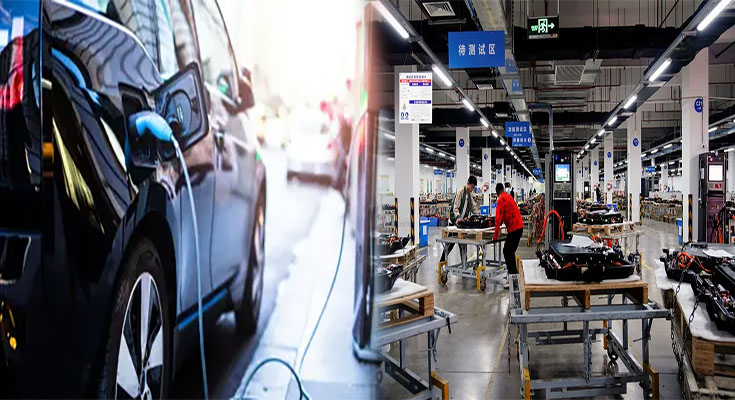Battery electric vehicles (BEVs) are gaining momentum around the world. With policy support, incentives, and rapid production growth, these vehicles are becoming a more viable alternative to conventional gasoline-powered cars.
BEVs use lithium-ion batteries, which have a high power-to-weight ratio and energy efficiency. They also have a low self-discharge rate.
China
China is often portrayed as a laggard in climate change efforts, but its remarkable adoption of battery electric vehicles tells a different story. The government has developed policies and incentives to spur EV growth, including a mandate that car manufacturers produce a certain number of battery-powered cars each year.
The incentives are tied to technological metrics and performance indicators across EV models, such as range per single charge, battery energy density, system energy efficiency and charging speed. These criteria have incentivized innovation and technological advancement, while keeping affordability within reach for consumers.
A large portion of the Chinese EV market is made up of smaller-sized, more affordable, and entry-level EVs, which are especially appealing to first-time buyers. These models range from the Hong Guang Mini (PS4,200) to the Tesla Model Y (PS49,000) and Xpeng P7 (PS30,410).
Europe
Europe, the home of a variety of physical and weather-related features and resources, offers a great opportunity to lead in the adoption of battery electric vehicles (EVs). Its combination of forward-thinking incumbent manufacturers and early-adopting EV consumers provides a unique platform for driving growth across the EV ecosystem.
To drive widespread uptake, Europe will need to develop a sustainable supply chain for raw materials, electricity generation and batteries. It will also need to build out an interconnected charging infrastructure for EVs.
The adoption of battery electric vehicles in Europe is accelerating. Especially in Germany, Austria, Switzerland, France, the Benelux, the UK and Ireland where income per capita is higher than the share of EVs on the road has grown to about 15% in 2022.
As part of its decarbonisation efforts, the European Union has adopted an ambitious zero-emission vehicle (ZEV) deployment goal that calls for all new cars and vans to be electric by 2035. But achieving this goal will require significant policy attention and actions to integrate EVs in power systems, decarbonize electricity generation, deploy recharging infrastructure and manufacture sustainable batteries.
North America
The adoption of battery electric vehicles in North America has been boosted by supportive policies and incentives. Major automotive OEMs are investing in R&D of new battery technologies to cost-effectively reduce the battery size and improve the power-to-weight ratio of EVs.
Moreover, government organizations across North America have been installing charging infrastructures in various public places to encourage the adoption of electric vehicles. This is expected to drive the growth of the North American EV batteries market over the forecast period.
The suite of clean transportation provisions in the Internal Revenue Code, signed by President Biden in January 2023, will shift the domestic EV market into high gear and help millions more Americans benefit from cleaner transportation, bolster national security, increase economic competitiveness, and create homegrown jobs for decades to come. The IRA also includes a critical mineral standard, which will require that at least half of an EV’s battery components be manufactured or assembled in North America starting in 2023, increasing by 10% each year, up to 100% in 2028.
India
India is one of the most rapidly growing EV markets worldwide, and it has many policies and incentives that have helped spur the growth. In addition, battery electric vehicles offer significant operating (fuel and maintenance) cost savings over internal combustion engine (ICE) vehicles.
The government of India has set ambitious targets for EV adoption. Its national policy, Faster Adoption and Manufacturing of Electric Vehicles (FAME II), allocates USD 1.4 billion over three years from 2019 to encourage 1.6 million two/three- wheelers, buses and cars to be made in the country.
State governments have also adopted EV policies. Some states have been especially successful at spurring EV adoption and innovation, such as Karnataka and Tamil Nadu.
However, there are several barriers to EV adoption in India. Firstly, battery-powered vehicles are limited in their range and mileage, which is a big reason for their low adoption rate. Second, EV batteries have to be charged often to maintain their energy storage capacity. Cold weather can significantly affect battery performance, limiting the distance an EV can travel on a single charge.

